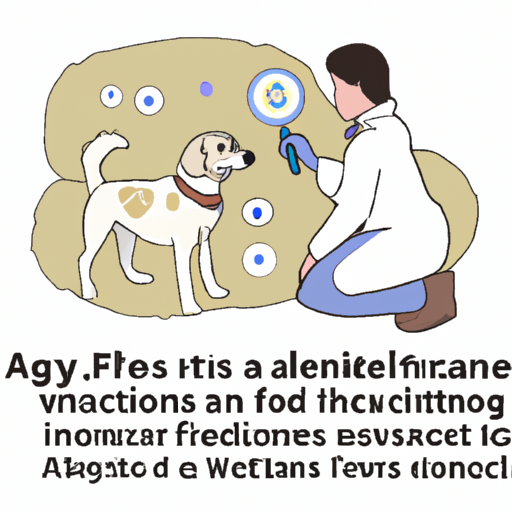Understanding Yeast Infections in Dogs
Yeast infections in dogs are caused by a fungus called Candida. This fungus is normally present on the skin and in the ears of your dogs. However, when it grows out of control, it can cause a yeast infection. Your dog may show signs such as itchy skin, sores, and a smelly discharge.
But don’t worry, you’re not alone in this struggle. Many dog owners have been in your shoes, and with the right knowledge, you can tackle this issue head-on. Let’s dive into the process of treating yeast on dogs.
Step 1: Identifying the Symptoms
Firstly, you need to be sure that your dog is suffering from a yeast infection. Here are some common symptoms to look out for:
- Itchy skin
- Sores and rashes
- Smelly discharge
- Hair loss
If your dog shows any of these symptoms, it’s time to visit the vet.
Step 2: Visiting the Vet
After identifying the symptoms, your next step should be to visit a veterinarian. They can perform tests to confirm whether your dog has a yeast infection. This is important because other conditions can mimic the symptoms of a yeast infection.
The vet may perform the following tests:
| Test | Purpose |
|---|---|
| Skin scrape | To check for yeast cells under the microscope |
| Culture | To grow the yeast in the lab and identify it |
Step 3: Treatment
Once the yeast infection is confirmed, the vet will suggest a treatment plan. This typically includes medication to kill the yeast and a special diet to prevent it from growing back.
Here’s what you can expect:
- Topical treatments: These are creams, ointments, or sprays that you apply directly to the affected area.
- Oral medications: These are pills or liquids that your dog ingests.
- Special diet: This includes foods low in sugar and starch, as yeast thrives on these substances.
Step 4: Prevention
While treating the yeast infection, you should also take steps to prevent it from recurring. This may involve changes in your dog’s diet or lifestyle.
Here are some tips:
- Keep your dog’s skin clean and dry.
- Avoid high-sugar foods.
- Provide a balanced diet.
FAQs
Q: Can I use human antifungal creams on my dog?
A: No, it’s not recommended to use human medication on dogs without the vet’s approval.
Q: How long does it take for the yeast infection to clear up?
A: This depends on the severity of the infection. It could take anywhere from a few days to a few weeks.
Q: Can yeast infections in dogs be prevented?
A: Yes, by maintaining proper hygiene and providing a balanced diet, you can prevent yeast infections in dogs.
Hopefully, this guide has given you some insights into treating and preventing yeast infections in dogs. Remember, when in doubt, always seek professional help.



